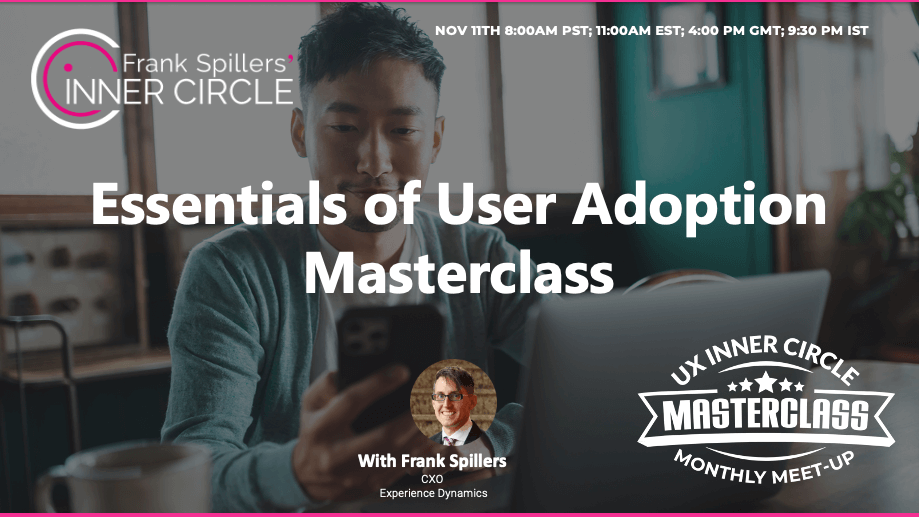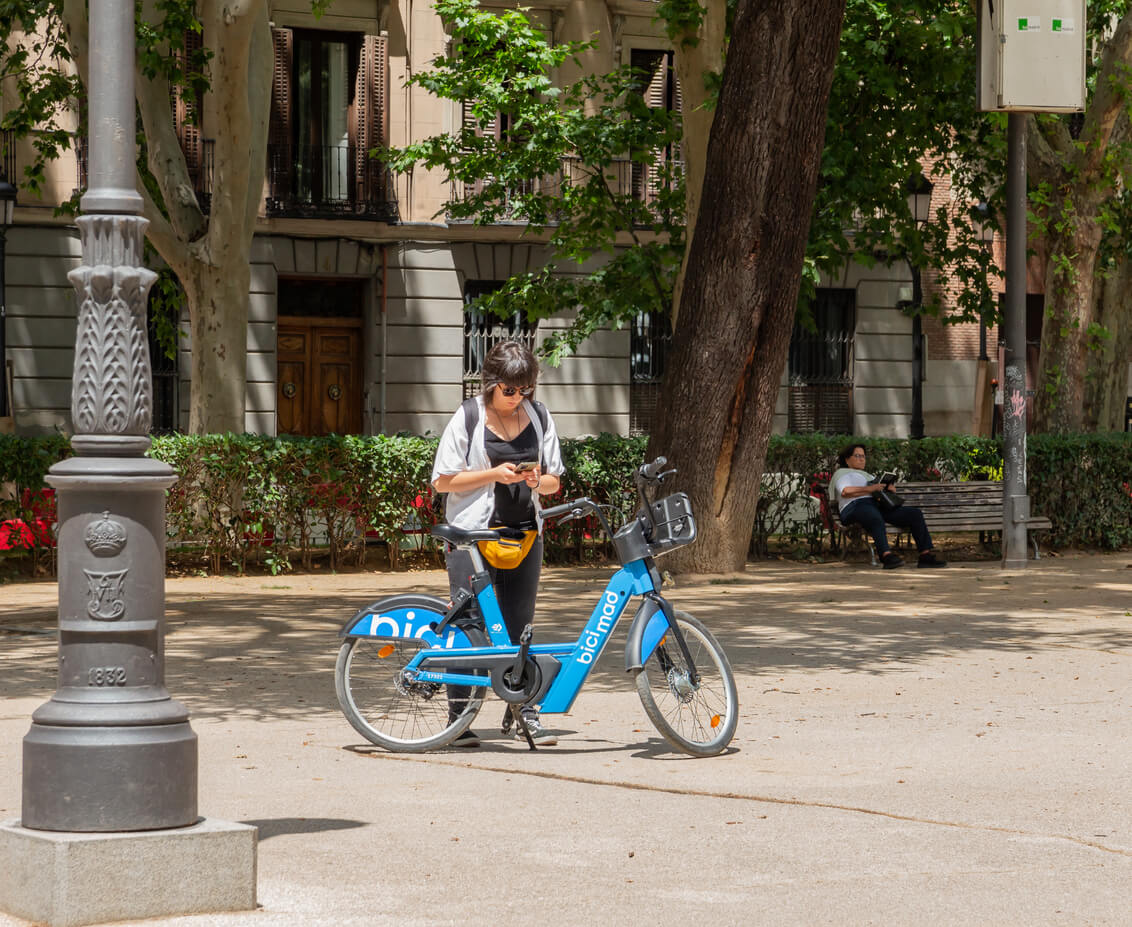How users adopt- a lifecycle view
User adoption is perhaps the most important outcome of UX. Why? Because users are vulnerable to products and services that do not help users achieve their goals repeatedly over time. As a result, designs that confuse, cause multiple speed bumps, or do not accommodate changing use cases or scenarios– can suffer. When a user adopts a product, it means it has fulfilled its value proposition and has fulfilled a user’s task and sustained use over time. This habitual aspect of use is what leads to good user’s adopting a design.
Video- Understanding user adoption gates
In this overview, Frank Spillers shares some considerations for the urgency of Web sites, Web Applications, and Mobile apps. He explains that designs that have a high degree of success satisfy user ‘judgments’ that lead to unchallenged acceptance of a mobile app, for example.
The topic will be covered in full in this upcoming Masterclass on User Adoption…
Also covered in this upcoming Masterclass:
- The lifecycle and what models of user adoption teach us
- What typically causes user defection issues at the UI level
- Designing better UX with ‘synch’, emotion design, and bonding
- Three tools for reducing your cognitive friction: Features, Expectations, Tasks
- B2B vs B2C tactics
- Redefining user engagement (Beyond what Silicon Valley gave us)
- Manipulative UI’s (so-called Dark Patterns)
- Boosting your emotional value & value proposition
- Strategies for renewing value over time
- How intangible value works in how users accept a design
- Key metrics for getting users to adopt








